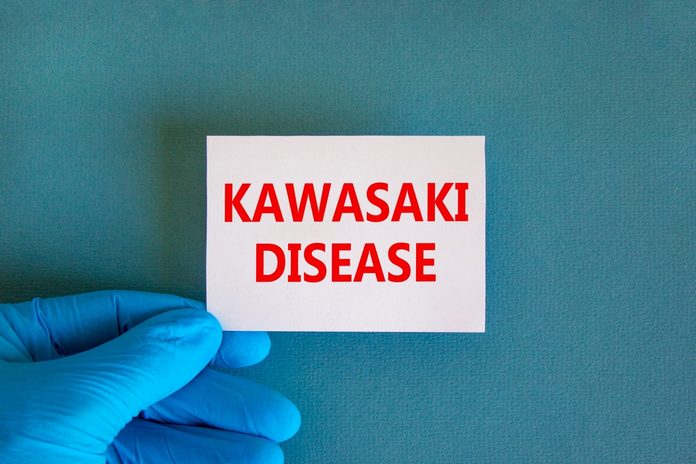Diagnosis of Kawasaki Disease

The diagnosis of Kawasaki disease is based on signs and symptoms, medical history, and laboratory test results. The diagnosis of Kawasaki disease is almost exclusively clinical. Symptoms are variable and any that are present typically resolve over time, so a significant delay in the diagnosis is not entirely uncommon.
Signs and symptoms in children – helpful in diagnosing the disease – generally include fever that lasts five or more days, peeling skin on the hands and feet within 10 days (occasionally there may be a rash), redness of one or both eyes, swollen lymph nodes in the neck, abnormal heartbeats (ventricular tachycardia) detected by ECG (electrocardiogram), feeling very irritable for two or more days, and pericarditis, which is swelling around the heart that causes pressure on the heart.
Kawasaki disease uses a multidisciplinary approach to diagnosis that includes clinical, epidemiological, and serological findings. Although the vast majority of cases of Kawasaki syndrome are diagnosed with this “triangle sign” format, Kawasaki disease is also diagnosed in other situations. The diagnosis of the condition can be confirmed by detecting an antibody to an unknown viral agent in blood obtained at the time of presentation. Blood obtained months after initial presentation may not contain antibodies to the virus. Laboratory tests are also often used during the evaluation to rule out other causes.
